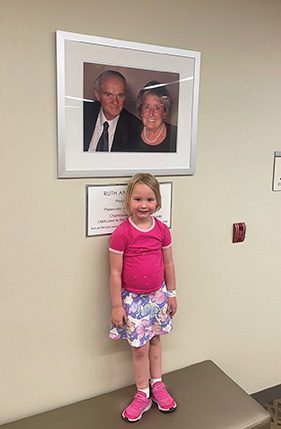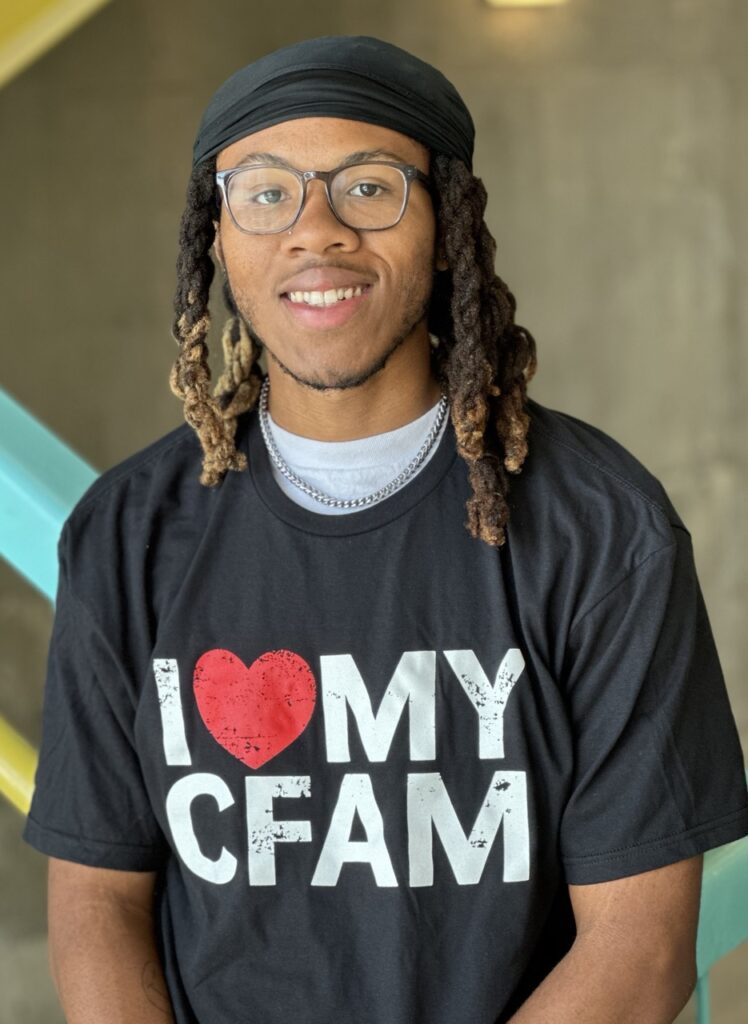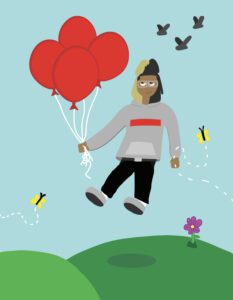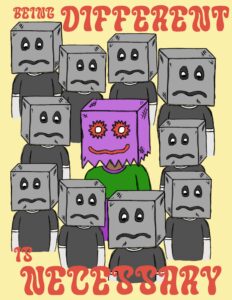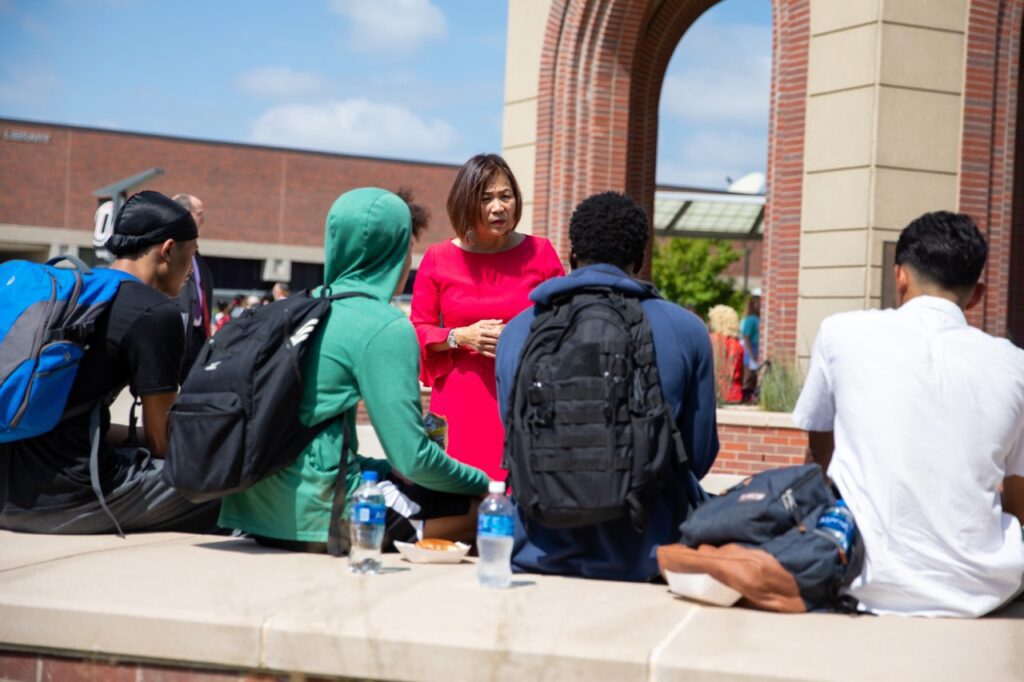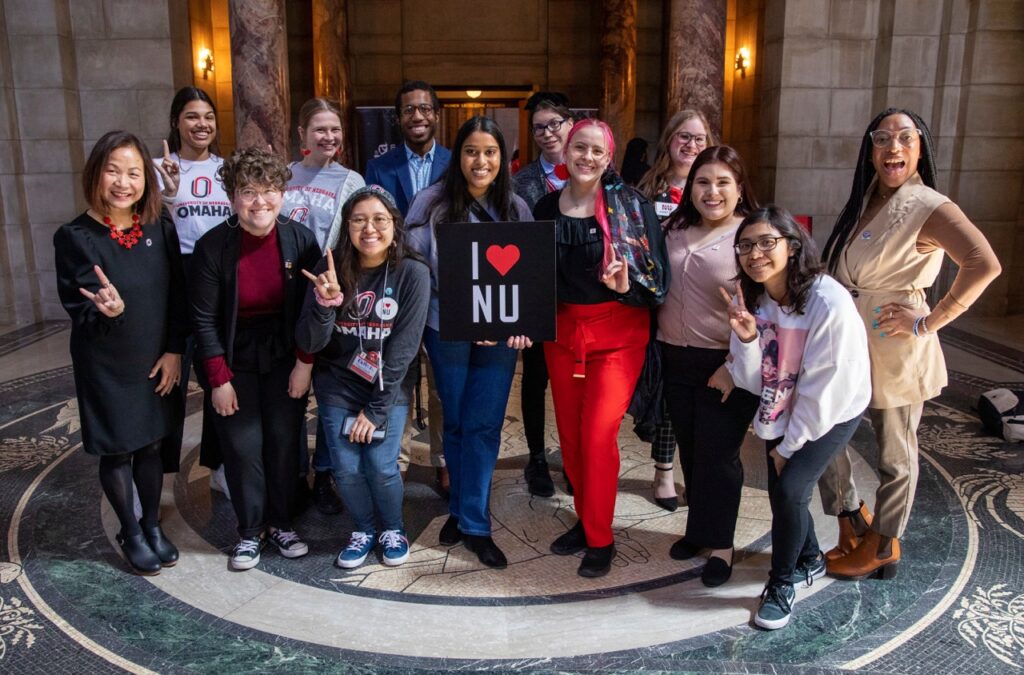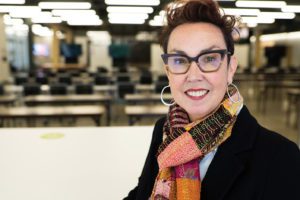A Q&A with Ruth Scott, one of the most transformational and generous donors in University of Nebraska history
At a recent foundation event, you spoke about the “joy of giving.” What gives you joy in your philanthropy, and how does that guide your decisions?
Joy is definitely the right word. My husband, Bill, was a great believer in the idea that if you follow that feeling of joy, the right things will fall into place. At our foundation (William and Ruth Scott Family Foundation), we have tried to find causes that give us joy — whether that comes from getting to know the people involved and the amazing work they do or knowing that our support will help make our community a better place to live or change someone’s life. We have always believed that wealth is best shared with others, and we’ve looked for ways that we can make a big difference for Omaha and Nebraska. And we’ve had a lot of fun giving our money away!
“Giving back is one of the greatest gifts of life. I hope the next generation gets as much joy from it as I have.”
Ruth Scott
What are a couple of your favorite stories regarding philanthropic investments you have made at the university?
There have been so many, it’s hard to choose. But I will say one that stands out was helping to build a student space at UNMC. I remember hearing from a student who said she only knew about four people from her time at UNMC, because there was no place to study or eat together. So, we helped to fund this beautiful space with an ice rink and a grove of trees where the students could all be together and get to know each other. I think that really made a difference in how students experienced their education.
Another one that stands out is at UNO, where I got to meet one of my favorite people, Dr. Nick Stergiou, who is the head of the biomechanics division. We first heard him speak at a foundation event in Palm Springs. I didn’t know anything about biomechanics, and it was fascinating to hear about the work he was doing. But he told us he could do so much more if he “just had more room!” So, in December 2011, I worked with the foundation to arrange a birthday lunch for Nick, and his birthday gift just happened to be a biomechanics building. Shortly after the building was built, biomechanics received a national grant of $10 million, and in 2024 it received another one for $11 million. When you can give somebody a building and bring in that many million dollars of federal money, that’s bang for your buck.



